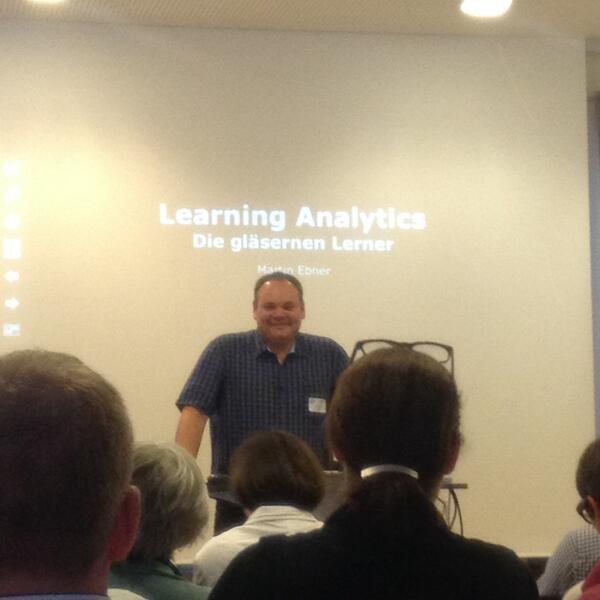Our contribution at this year ED-MEDIA conference in Tampere, Finnland about „Support of Video-Based lectures with Interactions – Implementation of a first prototype“ is now online available. The slides have alreday been published here.
Abstract:
In general videos have a more or less consuming character without any interaction possibilities. Due to this fact a web-based application is developed which offers different methods of communication and interaction to a certain learning-video. This should help attendees to avoid that they become tired and annoyed. The lecturer is able to use interactions to omit whether learners are able to understand the content of the video. For instance the developed web-application offers the possibility to add multiple-choice-questions at predefined positions. Furthermore there are many different kind of analysis as for example a detailed attention-profile. In this publication the implementation of a first prototype is described as well as a first field study which points out that learners? interactions and engagements increased arbitrarily.
Reference: Wachtler, J. & Ebner, M. (2014). Support of Video-Based lectures with Interactions – Implementation of a first prototype. In Proceedings of World Conference on Educational Multimedia, Hypermedia and Telecommunications 2014 (pp. 562-571). Chesapeake, VA: AACE.


